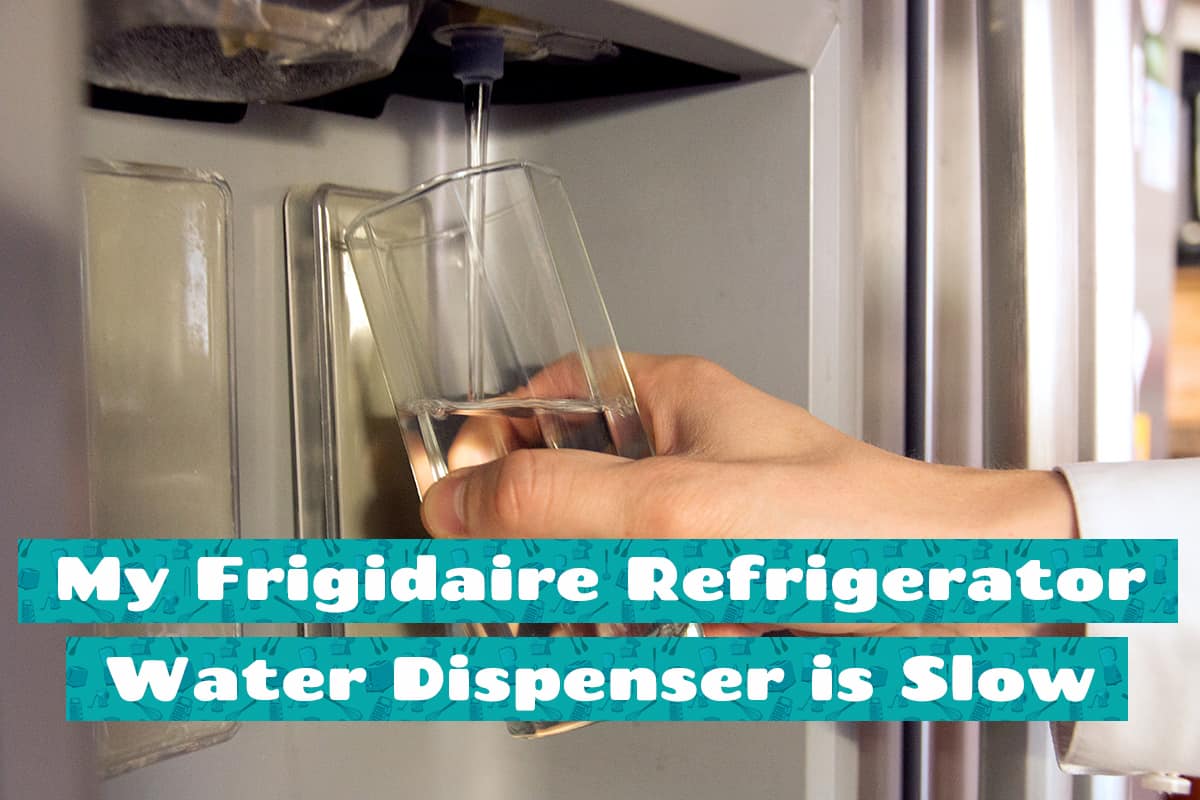Moving homes is no easy feat. First, you have to find a home to move in, and secondly, you have to pack all of your things. But one of the greatest challenges, which happens to be one of the most frequently asked questions, is moving a refrigerator. Do you have to defrost it beforehand or what?
Whether you should defrost your refrigerator or not before a big move depends on how far you’re traveling. A general rule is that you should defrost your fridge if you’re going to travel for longer than 30 minutes. Otherwise, you don’t have to defrost your refrigerator.
Now, why would you have to defrost your fridge for long-distance moves, and how do you go about defrosting it? I’ll address these questions and much more in this guide.
How to Prepare a Refrigerator for Moving

If you decide to forego hiring professional movers, then you should know how to prepare all of your home appliances properly for the big move. When it comes to refrigerators, there are a couple of things you should keep in mind to prevent causing irreparable damage to such a large appliance.
1. Remove all contents from the fridge
Before the big day, try and refrain from ordering takeout, and instead, eat whatever is left in your fridge. That way, you’ll waste less food. Don’t worry; you can order takeout when you arrive at your new home or apartment.
Remove everything in your fridge that you couldn’t have eaten, including condiments and old baking soda boxes. Either place them in resealable bags or toss them out.
2. Lay down towels on the kitchen floor
Refrigerators are full of water and ice (not to mention spilled juices and condiments), so before unplugging them from the wall, make sure to lie down a few towels on the kitchen floor.
3. Detach all water supply lines and cables from the fridge
Now, it’s time to unplug the refrigerator from the wall. If your fridge has a built-in ice cooler, unplug the water supply line, making sure not to damage the line or the fridge in the process.
Allow the water to pour out of the supply line and wipe up the mess with your towels. When everything is unplugged, wrap the cords and cable carefully and place them inside the built-in storage compartments (if available).
If you hire professional movers, they might hesitate to mess around with the fridge’s cables and hoses. If you cannot disconnect the water supply line on your own, you might need to hire a professional plumber to do it for you.
4. Wrap the refrigerator in cling film
To prevent the fridge’s door from swinging open during the move, wrap the entire thing in cling film. It doesn’t have to be too tight, but make sure that it doesn’t allow the fridge’s door to open even a tiny bit. The last thing you want is to remove dust and other contaminants from the freezer and chiller compartments.
5. Mount the refrigerator on a hand truck dolly cart and load it onto your moving truck
If you don’t have one already, you should consider getting a hand truck dolly cart. Alternatively, you can get a couple dozen sets of hands to help you lift your heavy refrigerator to the moving truck, but don’t blame me if one of your companions throws out their backs. A dolly cart will make loading and unloading the refrigerator a breeze.
Load the fridge upright on the moving van. Do not lay it on its back or side since doing so can mess up its refrigerant or compressor unit.
Should You Defrost the Fridge Before Moving?
You might have noticed how the guide above doesn’t describe how long you should allow your fridge to defrost or whether it needs to defrost at all. The straightforward answer to whether or not you should defrost the fridge before moving is, that it depends on the following factors:
How far is the move?
Generally speaking, if you’re moving a short distance from your previous residence, you don’t need to defrost the refrigerator at all. You can simply unplug it, wipe up any spills from the floor, and transport it to your new place. At max, a “short-distance move” is a 30-minute journey. If it takes you longer than half an hour to reach your new place, you need to allow your fridge to defrost ahead of time.
How old is your refrigerator?
Refrigerators from this era—i.e., from at least 2017—don’t need to be defrosted ahead of time, regardless of how long the move takes. Newer models will usually have a “frost-free” label, which indicates that ice crystals will not form on the interior walls of the freezer compartment. However, if you’re unsure whether this is the case for your fridge or whether your decade-old fridge has this feature, you should consult the fridge’s paperwork.
Is the drip tray large enough?
If you look at the bottom of your fridge, there should be a pull-out tray that is filled with all sorts of gunk from who knows how long. That tray is designed to capture moisture from your fridge’s defrost cycle.
The heat from your kitchen should cause most of the moisture to evaporate, preventing it from spilling over. During long journeys in a moving truck, any collected moisture will undoubtedly jump out of the tray and get all over the inside of the truck unless the drip tray is large enough.
However, if you’re still unsure whether or not you need to defrost your fridge, I say you should do it anyway. There’s no harm in defrosting a refrigerator prior to moving since you can plug it back in when you get to your new home. Sure, it’ll take longer for it to become cold, but at least you won’t have to deal with puddles in your moving truck.
How to Defrost a Fridge for Moving

There are two ways to defrost a refrigerator—the standard way and the expressway.
The Standard Way
Defrosting a refrigerator is a simple process that takes roughly 48 hours to complete. The simplest way to defrost a refrigerator is to unplug it and leave the chiller and freezer doors open as far as they can go. Just make sure you’ve already taken out all the contents from your fridge beforehand.
Water might accumulate on the ground next to your fridge, which is why you should lay old towels on the ground. Replace the towels whenever they become too saturated with water. After the first 24-hour mark, most of the ice should’ve melted. Just let it sit for an additional 24 hours to get rid of the leftover moisture.
The Express Way
Now, if you only have about three hours before your moving truck arrives, you can quickly defrost a fridge by soaking towels or clothes in hot tap water and stuffing them in the freezer compartment.
Replace the soaked clothes with freshly soaked clothes every ten minutes for the first hour. After that, you only need to replace them every half an hour. Do this for three hours nonstop, and the freezer should be completely defrosted and ready for the move.
You can also direct a fan to blow air into your freezer. However, you should avoid manually chipping away at the blocks of ice inside your freezer since sharp objects may damage the freezer. After all the ice has melted, it’s safe to wrap the fridge in cling film and load it onto your moving truck.
Additional Tips for Moving a Fridge
- Measure how much space the fridge takes up. That way, you’ll know where to place it in your new home or apartment. Also, it’ll help you figure out whether or not the fridge will fit through your new home’s kitchen door, though most models shouldn’t pose too much of a problem.
- Turn the fridge off for 24 hours before moving. This will give it enough time to defrost and for the compressor unit’s oil to settle.
- When moving a fridge to a new place, wait for at least 24 hours before plugging it in. During the move, the oil in the compressor unit might have gone all over the place, so give it some time to settle back down to the bottom.
- Do not tilt the refrigerator for more than 45°. The more you tilt the fridge, the more damage you could potentially cause to its internal workings.
- Wipe the inside of the fridge after defrosting it. While most of the moisture may have fallen into the drip tray, there will still be a significant amount of water inside the freezer unit. Wipe it down with clean microfiber towels before loading it onto a moving truck.
- Do not use a hair dryer to defrost your refrigerator. I don’t have to tell you that water and electricity don’t mix, so you shouldn’t expose your electric hairdryer to the moisture inside a partially defrosted fridge.
- If dry, place pillows and other cushiony objects inside the freezer unit. This won’t do much to protect the doors from damage, but you should utilize every cubic inch of storage space when moving.






